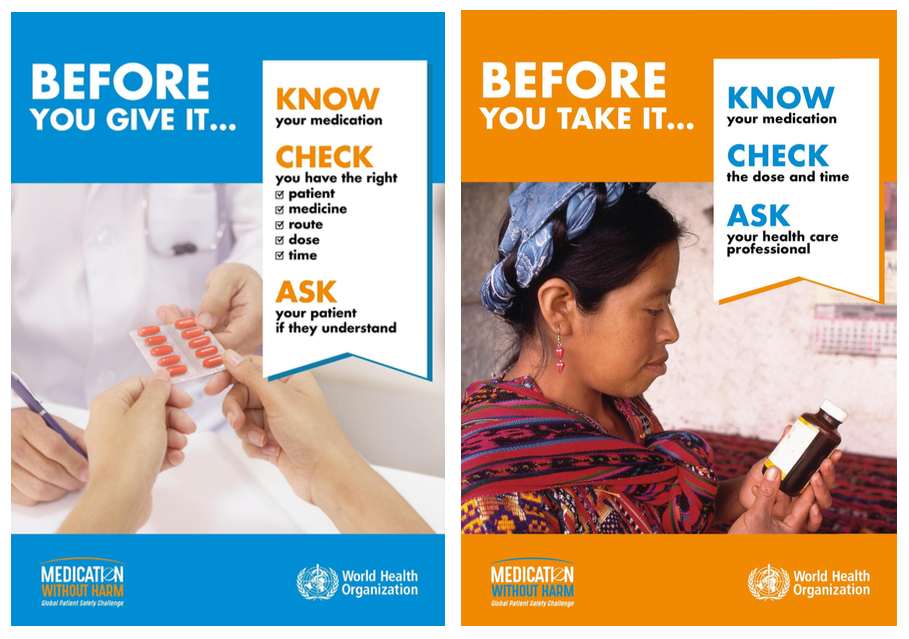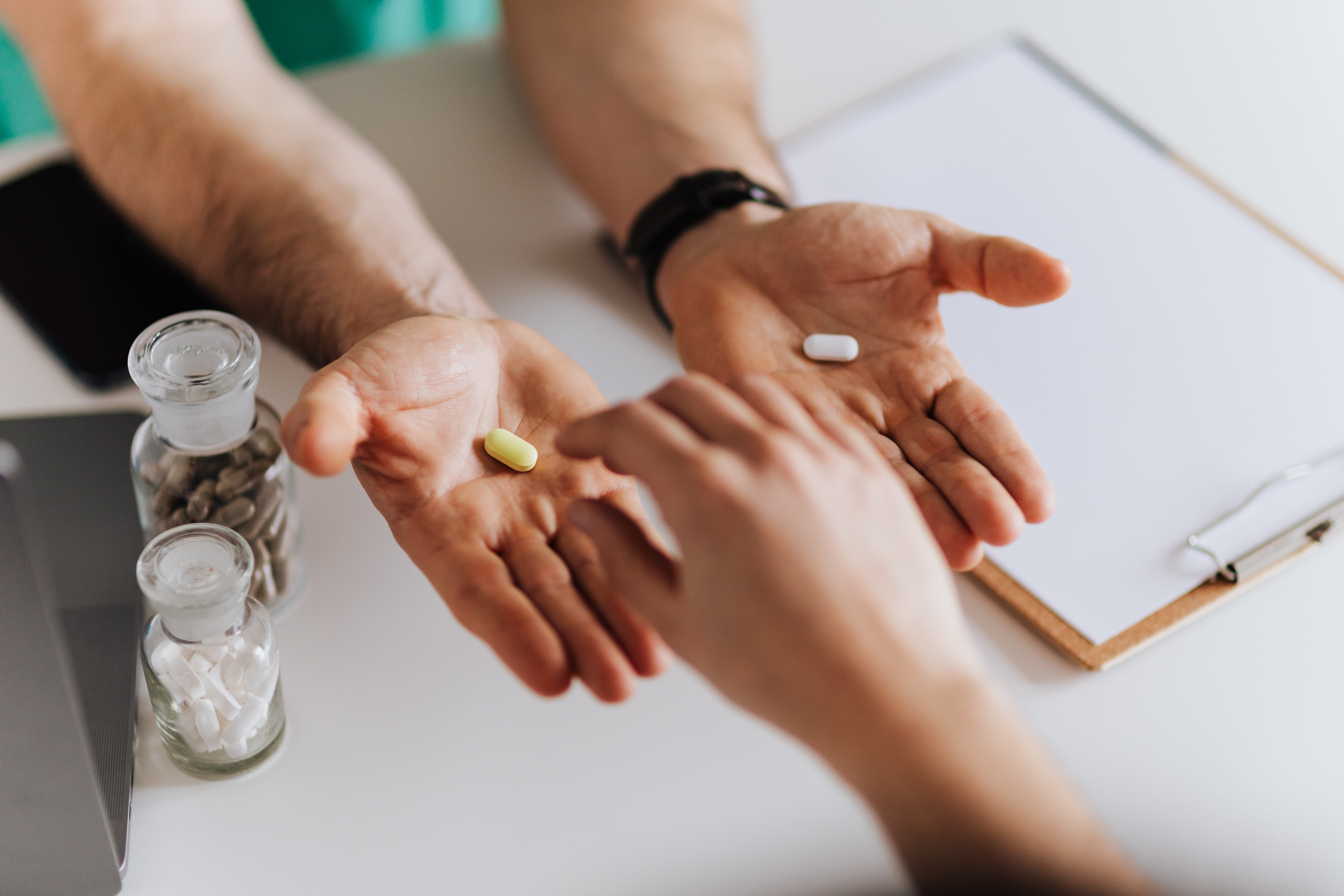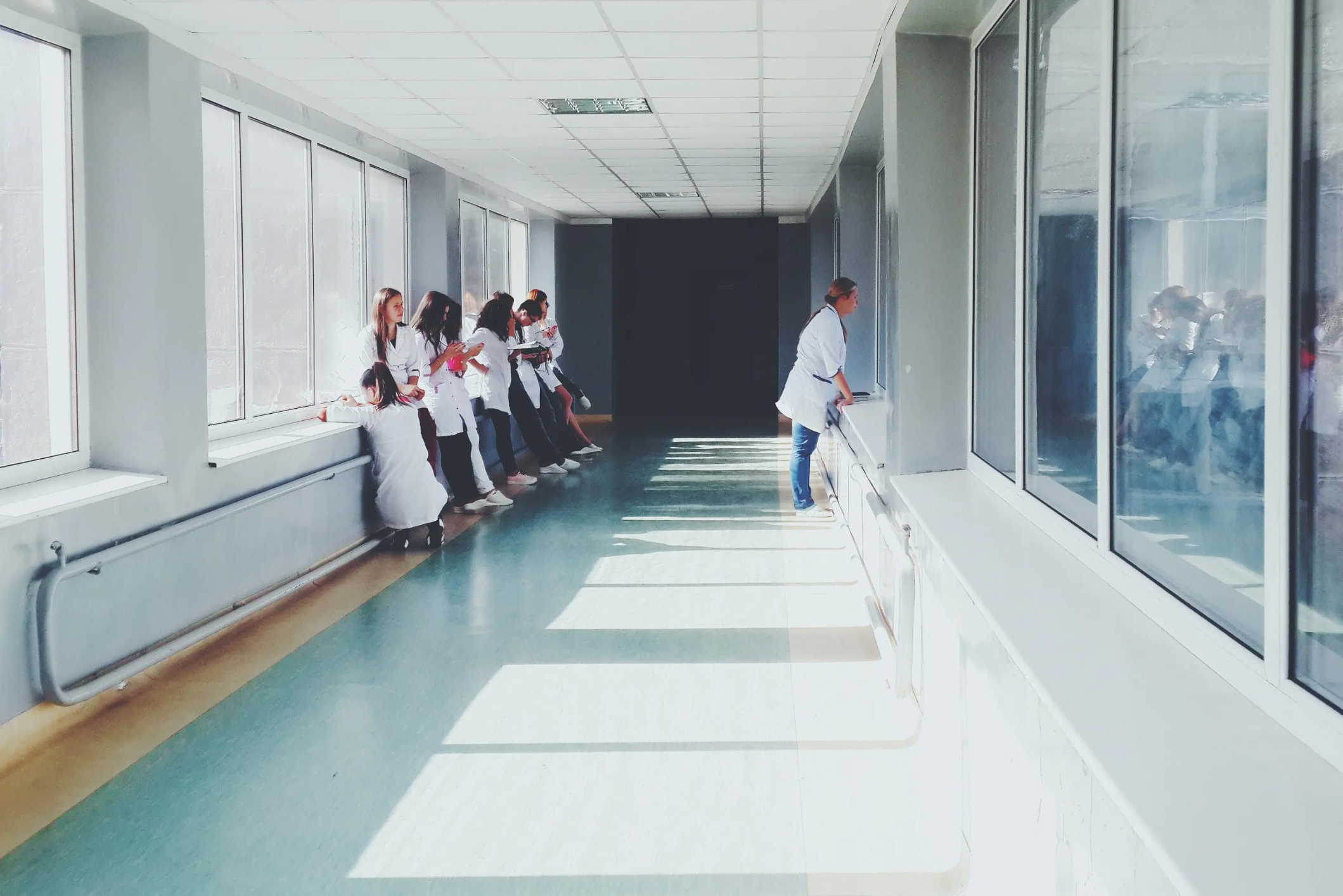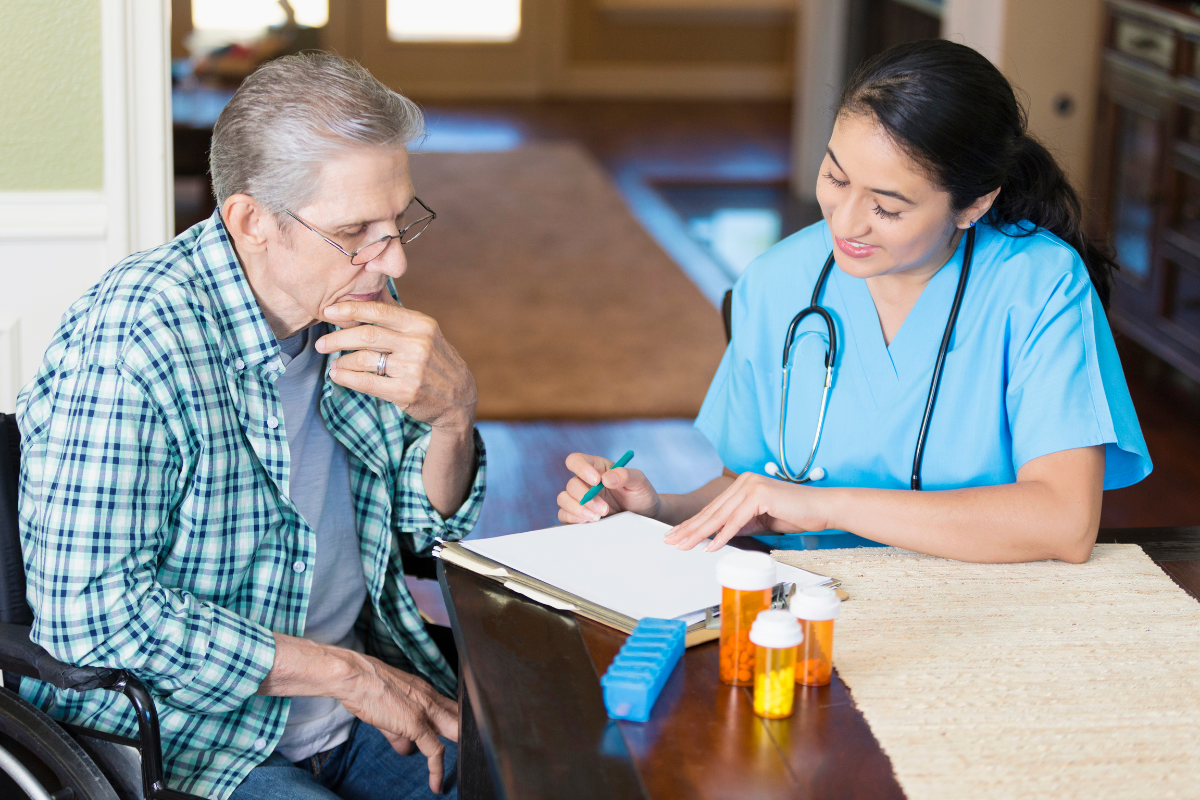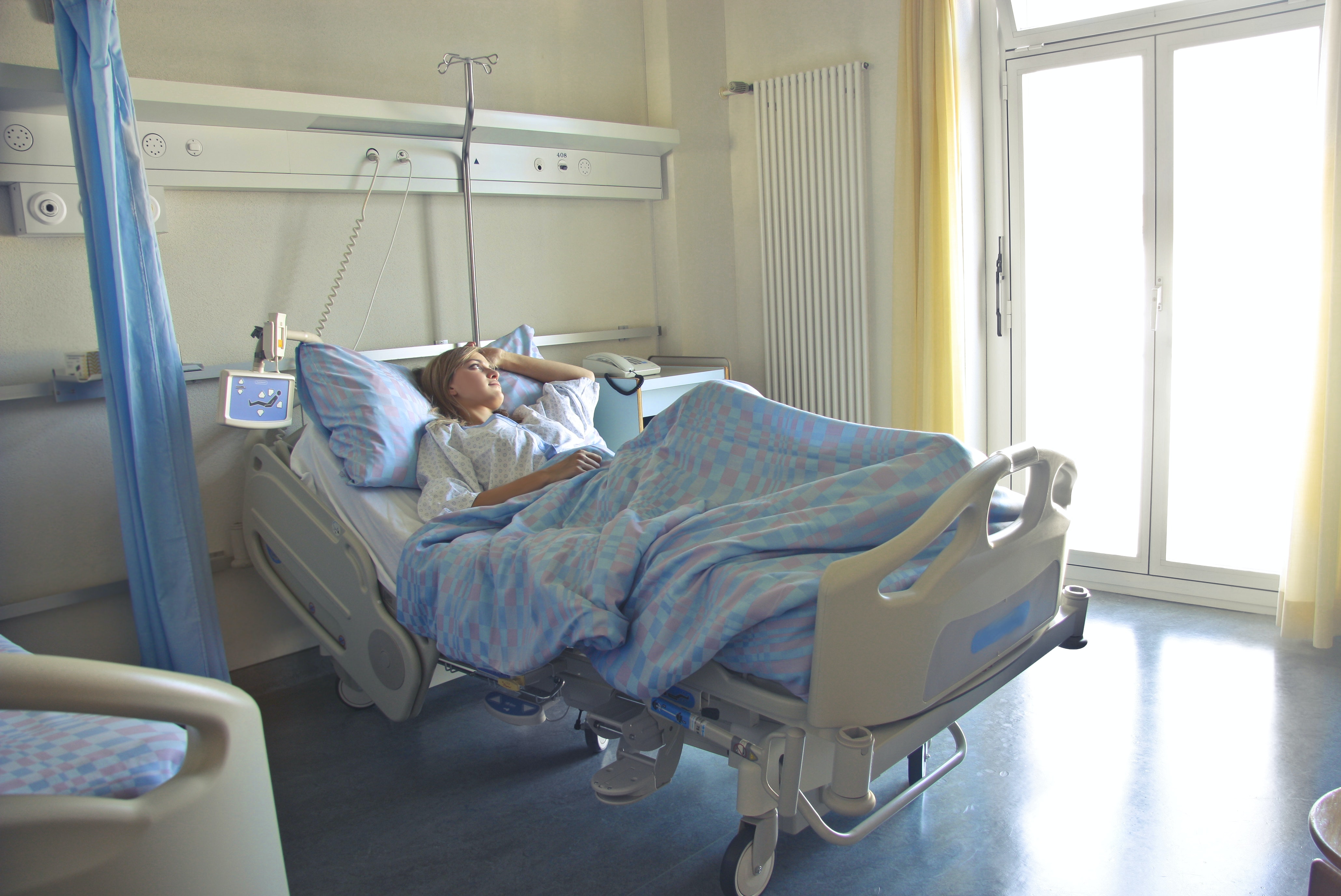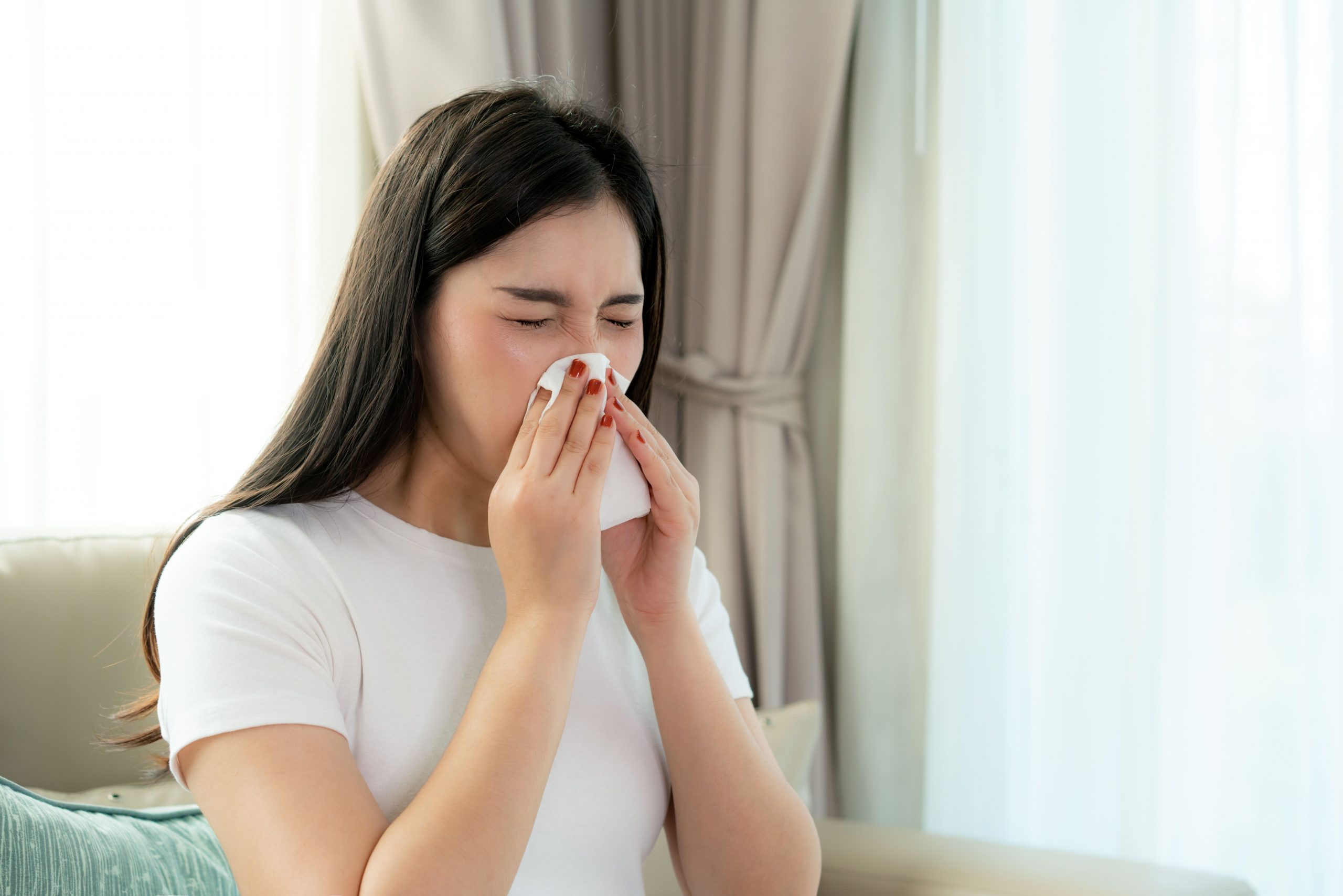At some point in our life, we will take medications, prescribed or over the counter, whether to prevent or to treat illness. Additionally, medication is the most commonly used treatment modality in health care. This could not be truer especially in the era of pandemic. While the safe use of medications can improve and save lives, medication errors and unsafe medication practices can lead to avoidable harm and injury beyond what money can repair.
Follow us on Telegram for the latest updates: https://t.me/AsiaMDsg
WHO World Patient Safety Day
World Patient Safety Day is one of WHO global public health days and celebrated annually on September 17th. It was first initiated as part of the 72nd World Health Assembly resolution of ‘Global action on patient safety’ in 2019. The resolution calls for global solidarity and commitment to making health care safer.
World Patient Safety Day 2022 raises the theme of ‘Medication Safety’ with the slogan ‘Medication without Harm’. This global campaign aims to raise awareness and understanding of patient safety issues and mobilize support for action from the grassroot level to international stage. This year campaign aims to encourage and empower everyone, including patients and health care professionals, to take an active role in ensuring safer medication practices and use.
The slogan of World Patient Safety Day 2022 ‘Medication without Harm’ is firmly grounded in the fundamental bioethics of medicine: primum non nocere which means first, do no harm. It also emphasizes the WHO Global Patient Safety Challenge: Medication without Harm, which was launched in 2017. The challenge aims to reduce avoidable medication-related harm by 50% globally by 2022.
There are a wide range of activities on and around September 17th 2022, such as webinars, campaigns, policy forums, advocacy events, capacity-building initiatives, and the awaited ritual of lighting up iconic monuments, landmarks, and public places in orange.
Patient Safety and Medication errors in Singapore
Currently there are no published statistics or data on local medication errors or near misses available in Singapore. However, it is reported that external causes of morbidity and mortality, which may include human error and medication error, rank fifth as the principal causes of death after cancer, ischaemic heart diseases, pneumonia, and cerebrovascular diseases. Ministry of Health Singapore has established national guidelines to ensure medication safety, including guidelines on the use of medication equipment during the COVID-19 pandemic.
Magnitude of Medication Errors
Medication error is real, and its impacts are disabling and life-threatening. Medication error is one of the leading causes of death across health care system. By 2019, unsafe health care has caused the death of 2.6 million people annually worldwide. Medication errors result in massive cost burden across the world with approximate cost of 42 billion USD annually across the world. It may damage public confidence and trust in medical services.
Who is responsible for medication safety?
Everyone, including patients and health care professionals, has a role in ensuring medication safety and both parties can make mistakes that result in severe harm. All medication errors are potentially avoidable. WHO identifies and targets four main domains to improve medication safety and prevent medication-related harm:
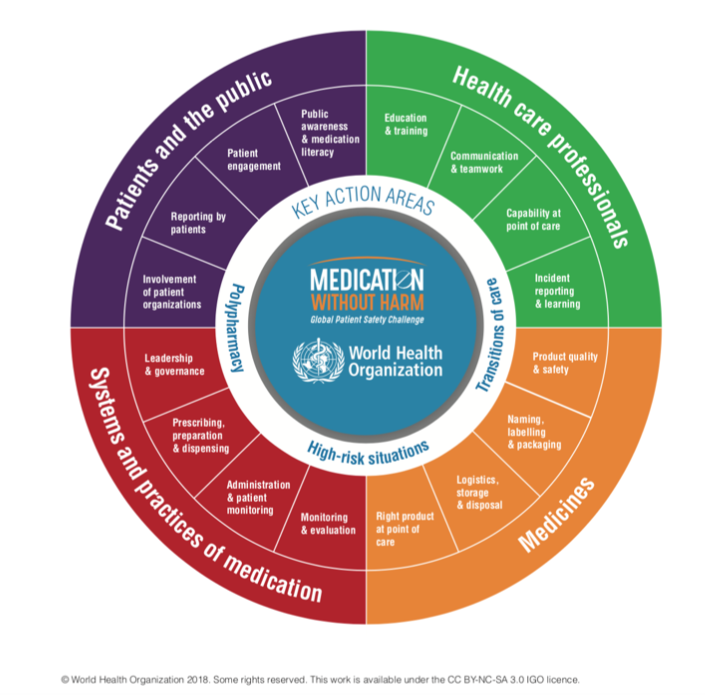
Patient is the only one person gone through the entire health care process, and they are the only constant in a complex health care system. A patient may receive health care and medication from different facilities and multiple doctors. Therefore, they should be more actively involved in their own medication process. The public should be more educated and empowered to take active role in making the medication process safer.
- Health care professionals
Sometimes doctors, nurses, pharmacists, and other health care staffs prescribe and administer medicines in methods and circumstances which may increase the risk of harm to patients. Health worker fatigue and staff shortage may also cause wrong or inadequate information given to patients.
- Systems and practices of medication
Sometimes multiple health providers are involved in a patient’s medication. Disorganized and uncoordinated systems and practices of medication may cause medication-related harm. Preventing errors and harm requires putting systems and procedures in place to ensure the right patient receives the right medication at the right dose via the right route at the right time.
Many medicines have similar name, pronunciation, or packaging. Confusing look-alike sound-alike (LASA) medicines are frequent sources of error and medication-related harm.
When medication error can occur?
Errors can and may happen in any point of the medication process from ordering, prescribing, preparing, dispensing, administering, and monitoring medications. The risk and impact of medication error is higher in situations and settings such as inpatient care, acute clinical situation, high-risk population i.e. children and elderly, polypharmacy (routine use of four or more medications at the same time), and transition of care i.e. room transfer, shift change, referral.
How to ensure and improve medication safety/avoid medication-related harm?
Know. Check. Ask.
These three simple steps could help avoid medication error.
Patients:
- Know the name, type, and route of their medication.
- Check the dose and time of the medicine
- Ask the physician, pharmacist, or other healthcare professional if unsure.
Health care professionals:
- Know the name, type, and route of the medication.
- Check if they have the right patient, medicine, route, dose, time
- Ask the patients if they understand
